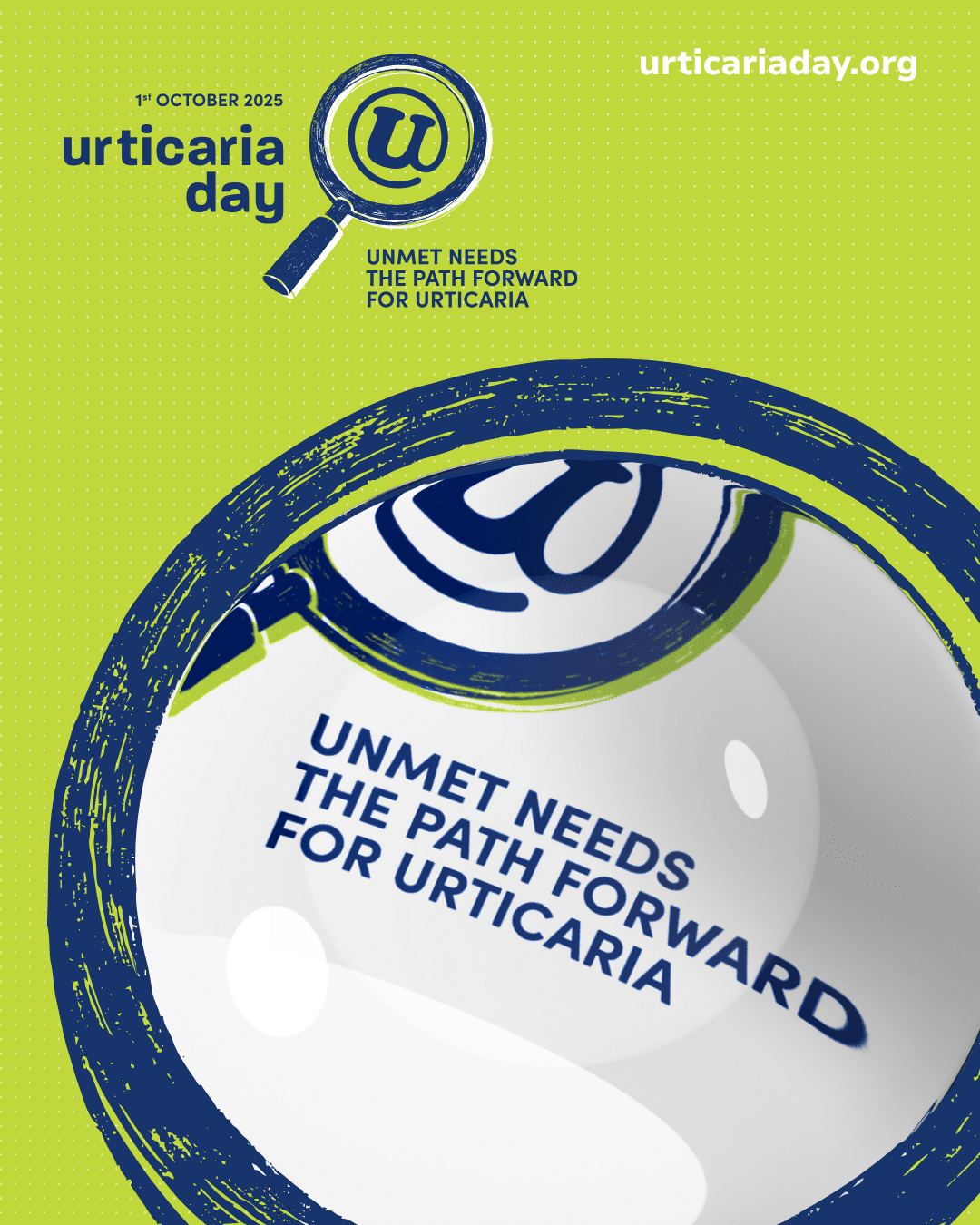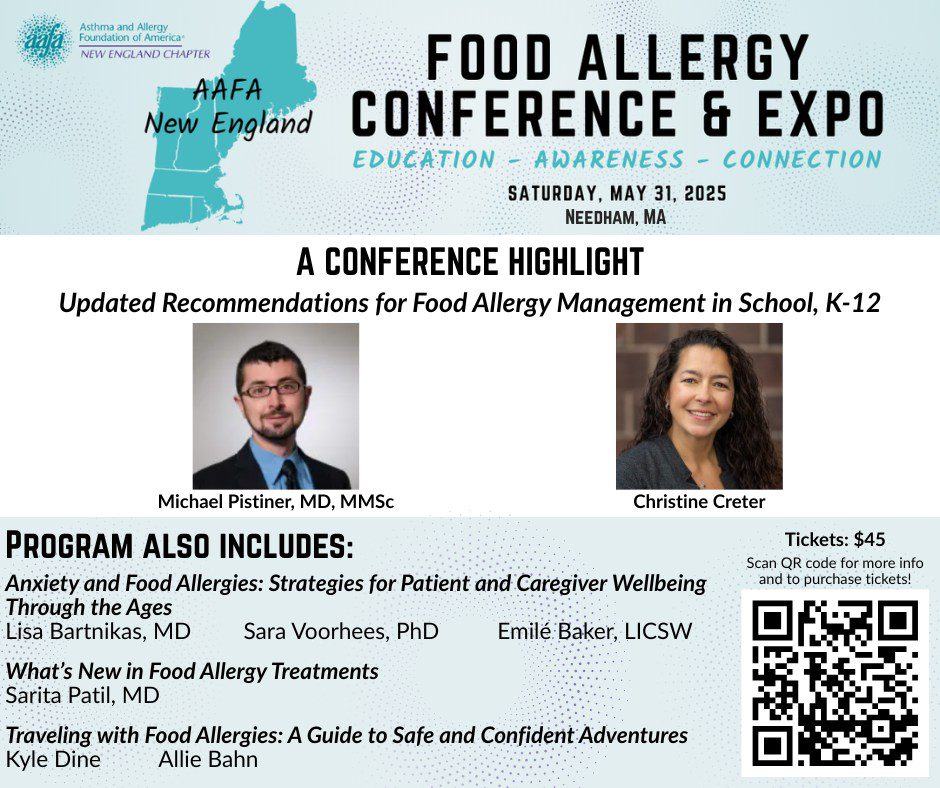Get Involved
National Asthma and Allergy Awareness Month
Since 1984, the Asthma and Allergy Foundation of America (AAFA) has designated May to be National Asthma and Allergy Awareness Month. It’s a time to focus on respiratory and immune health. The awareness month aims to educate the public about asthma and allergic diseases, risk factors, symptoms, and treatment.
Countdown to Asthma and Allergy Awareness Month
Day(s)
:
Hour(s)
:
Minute(s)
:
Second(s)
This Year’s Theme:
Make asthma and allergy treatments accessible for all.
AAFA emphasizes it is critical to ensure people with asthma and allergic conditions can access essential life-saving medicines that (1) treat the underlying disease and (2) stop symptoms.
Asthma, allergies, atopic dermatitis, and other related allergic conditions cause significant distress and emotional, social, and financial burden on the people with these conditions. In the United States, there are about 4,000 deaths per year due to asthma and allergies. Most of these deaths are preventable.
More than 100 million people in the United States have asthma and/or allergies.
28M
People with asthma
20M
People with food allergies
81M
People with nasal allergies
Your Voice Leads to Action
AAFA supports the power of community action to drive change. During May, we invite you to join us and encourage policymakers to back solutions that protect the health of our community. We need your help to advocate for:
- More affordable asthma and allergy treatments
- Better health care coverage
- Reduced barriers to health care
- Guidelines, regulations, and oversight to support healthy spaces
- Federal investment in asthma and allergy research and programs
We call on everyone to increase their efforts to “Make Asthma and Allergy Treatments Accessible for ALL”. Visit our Advocacy Action Center now.
Social Media Tools
This toolkit contains facts and resources that anyone can use to raise awareness about asthma and allergies.
Follow AAFA and its food allergy division, Kids with Food Allergies (KFA), on social media and use the hashtags #NAAAM, #AsthmaAwareness, #FoodAllergyAwareness, or #AllergyAwareness when you share these resources.
Facebook: AAFA National, Kids with Food Allergies
Instagram: AAFA National, Kids with Food Allergies
LinkedIn: AAFA National
TikTok: AAFA National, FoodAllergyToks (KFA)
BlueSky: AAFA National, Kids with Food Allergies
YouTube: AAFA National, Kids with Food Allergies
hidden
Fact Sheets
More than 100 million people in the United States have asthma and/or allergies. Some people may have more than 1 of these conditions.
- Over 28 million people in the U.S. have asthma (over 23 million adults and about 4.9 million children).1,2
- About 20 million people in the U.S. have food allergies (16 million adults and 4 million children).3,4
- About 81 million people in the U.S. have rhinitis due to nasal allergies, also called “hay fever” (67 million adults and 114 million children).3,4
- Around 18.9 million adults and 8 million children in the U.S. have eczema.5,6
- There is no cure for asthma or allergies.
Download PDFs
Asthma Facts and Figures
Allergy Facts and Figures
Allergic Skin Conditions Facts and Figures
Food Allergy Facts and Figures
Nasal Polyps Facts and Figures
Awareness Ribbons
Help raise visibility on asthma and allergies by changing your profile pics for the month of May!
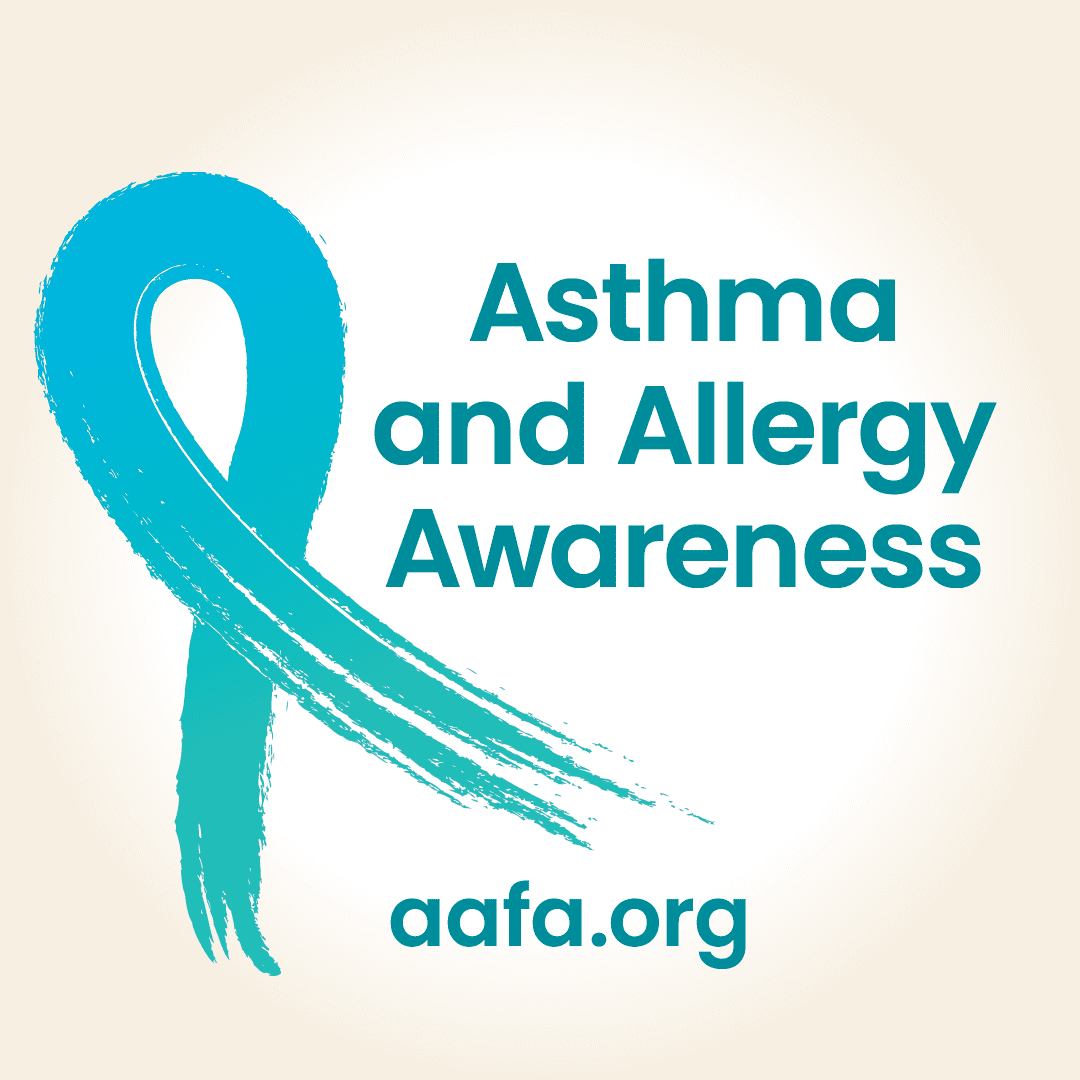

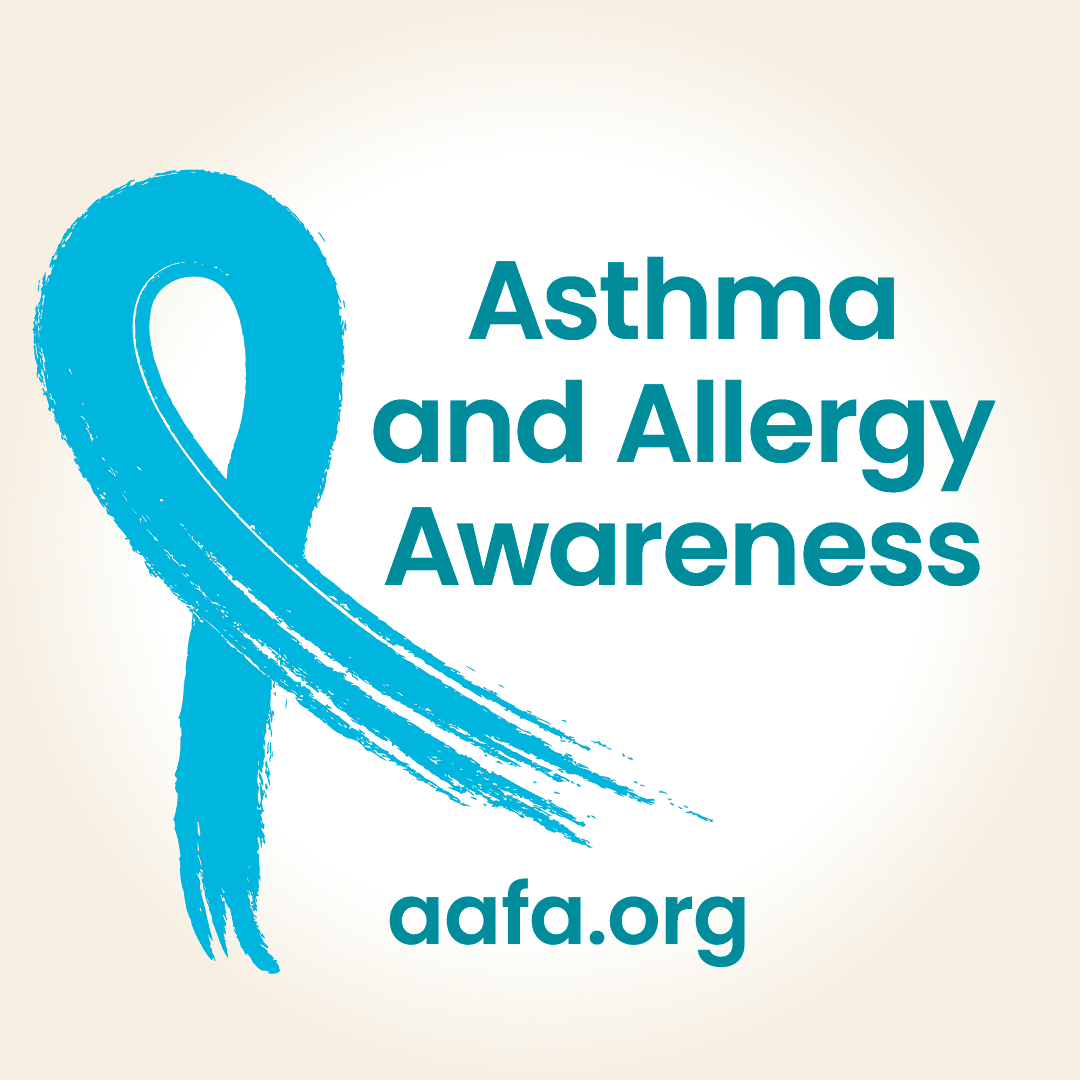
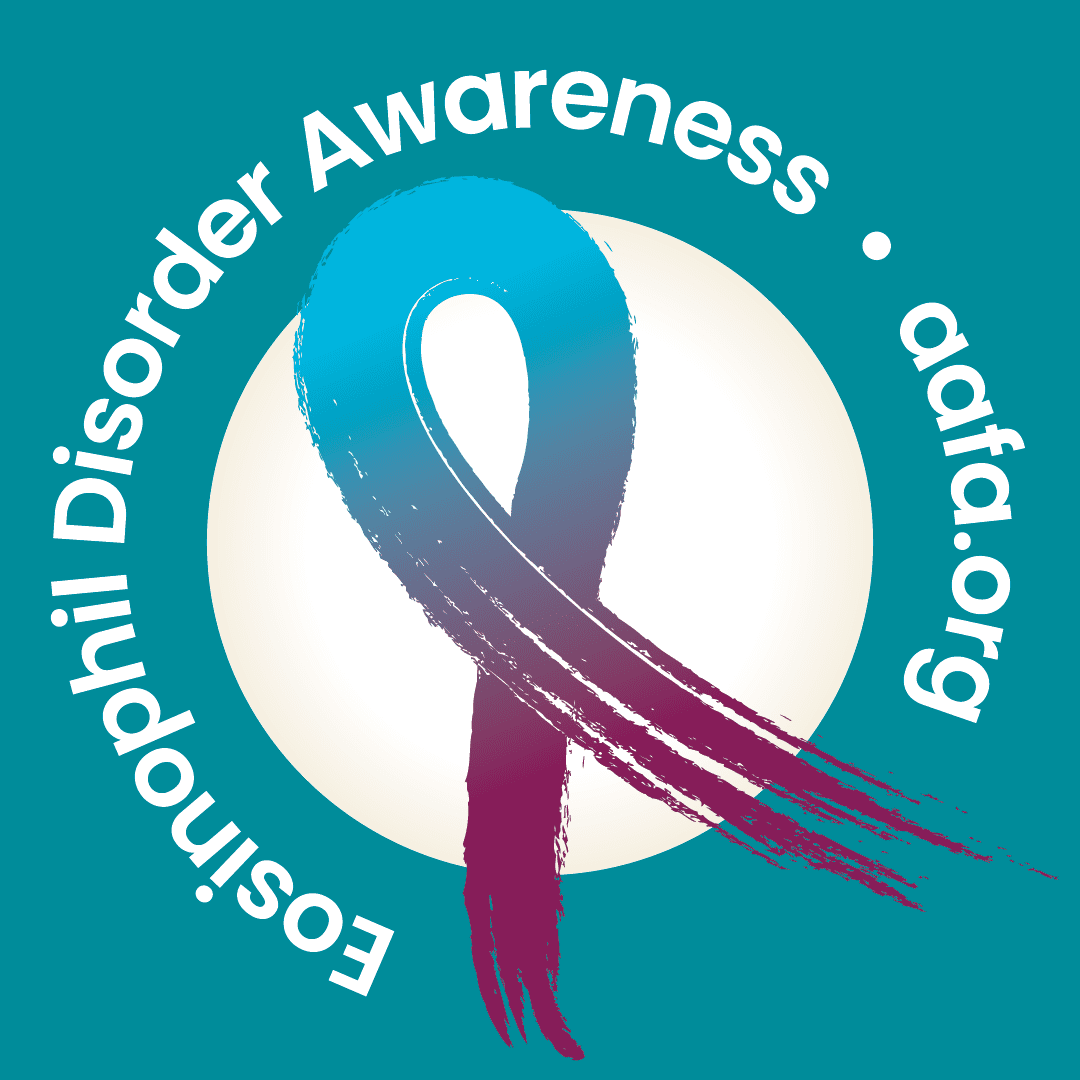

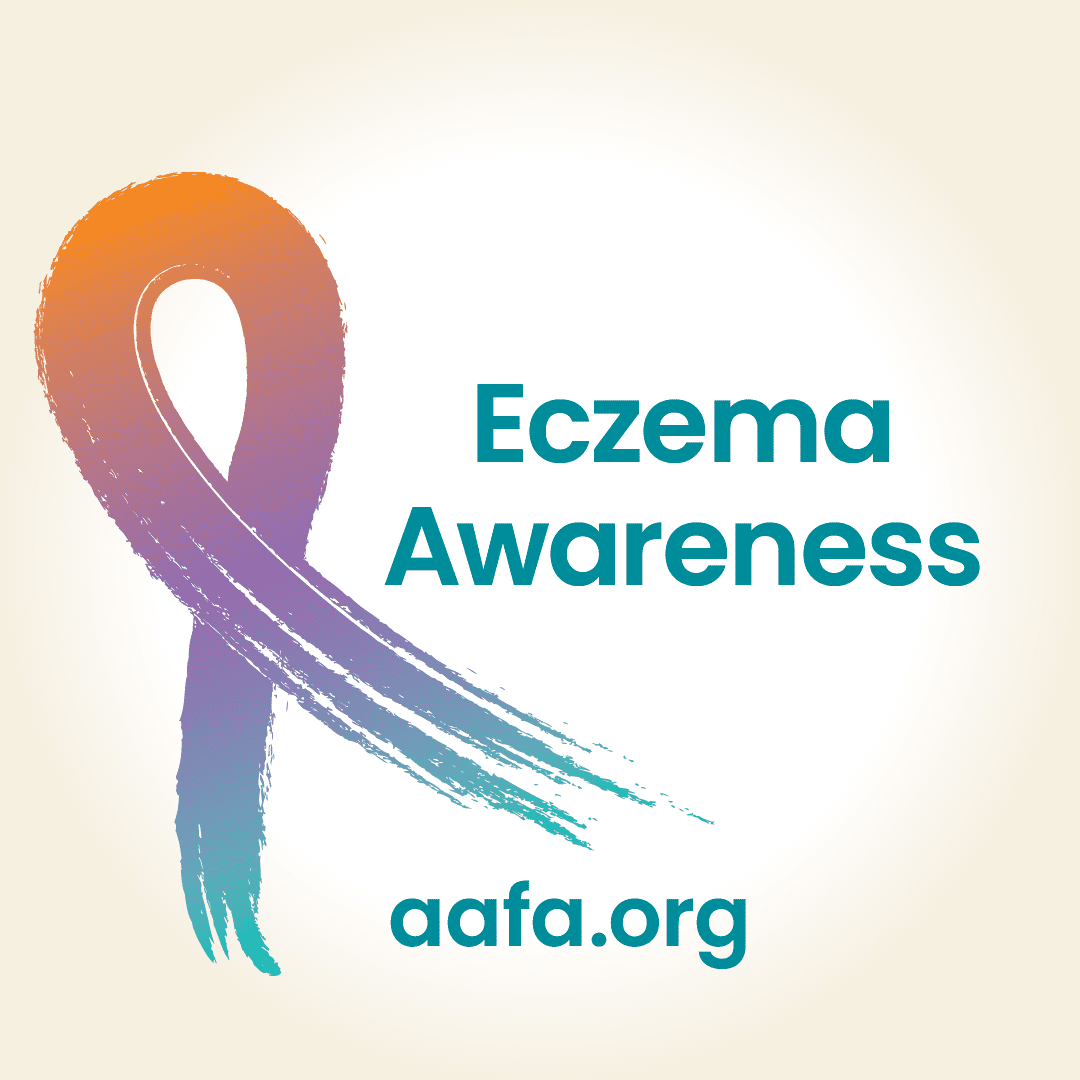
Sharable Images
You can download these images and copy the caption to post to social media. We have many shareable images throughout our website. Here are some of our favorites:
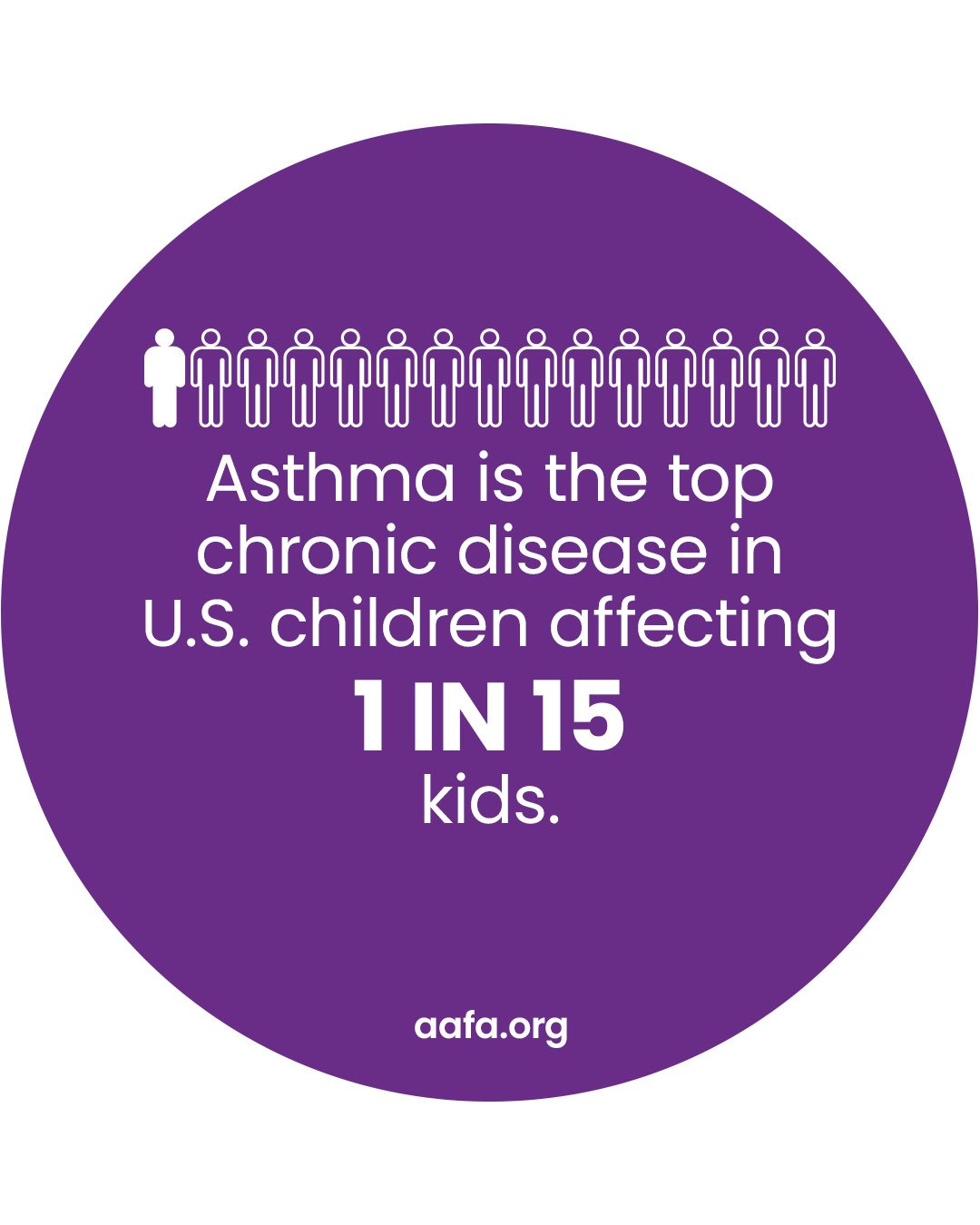



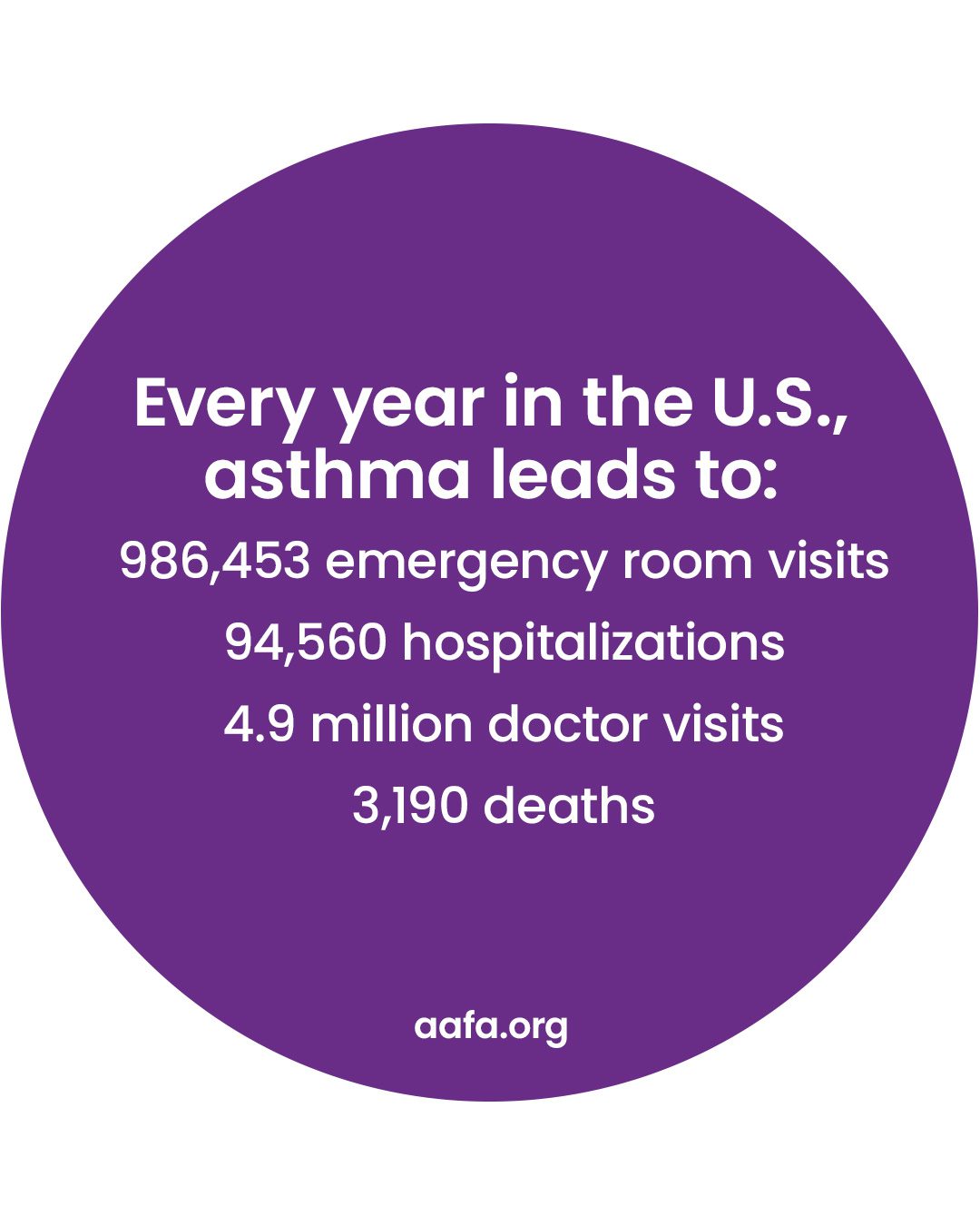

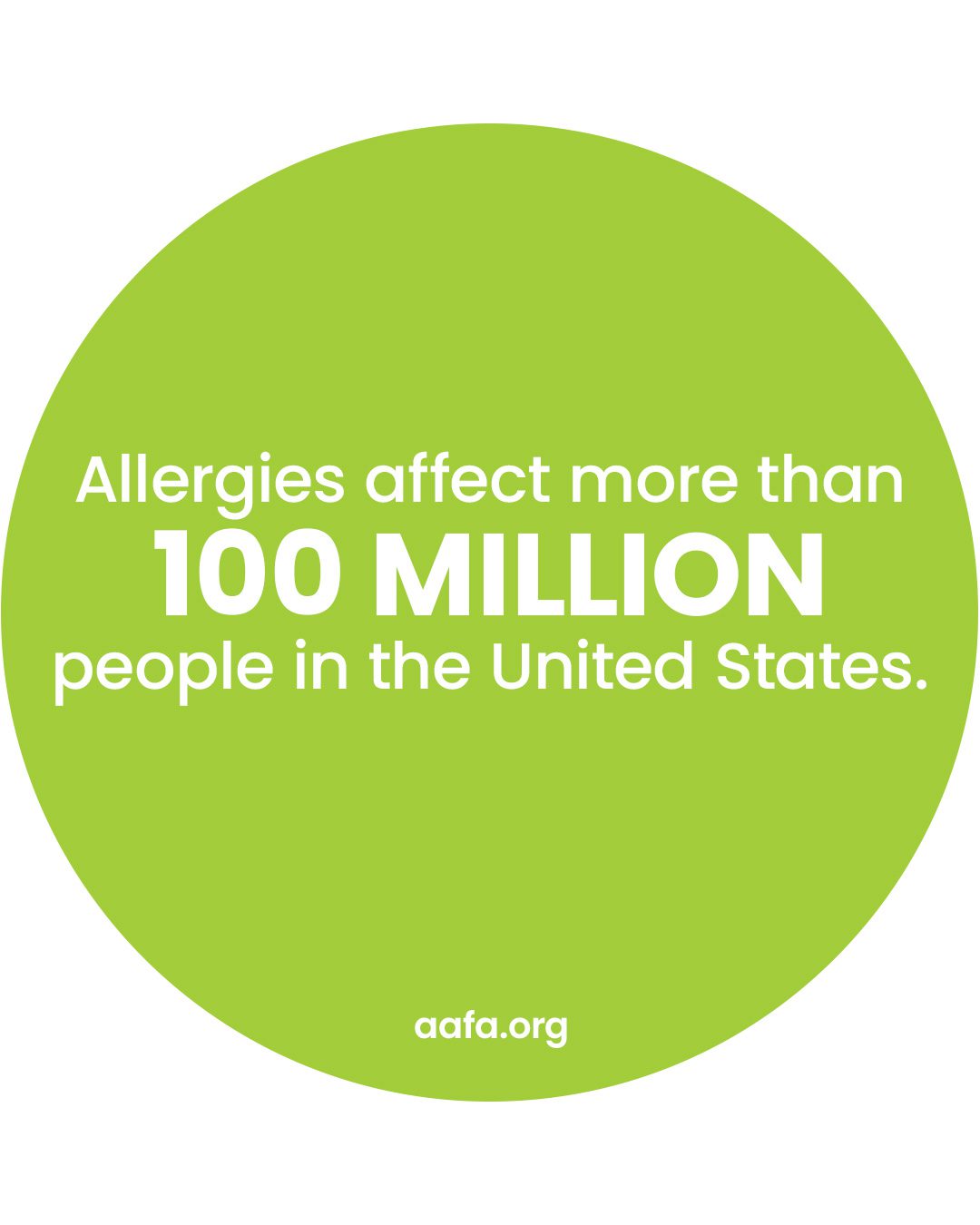

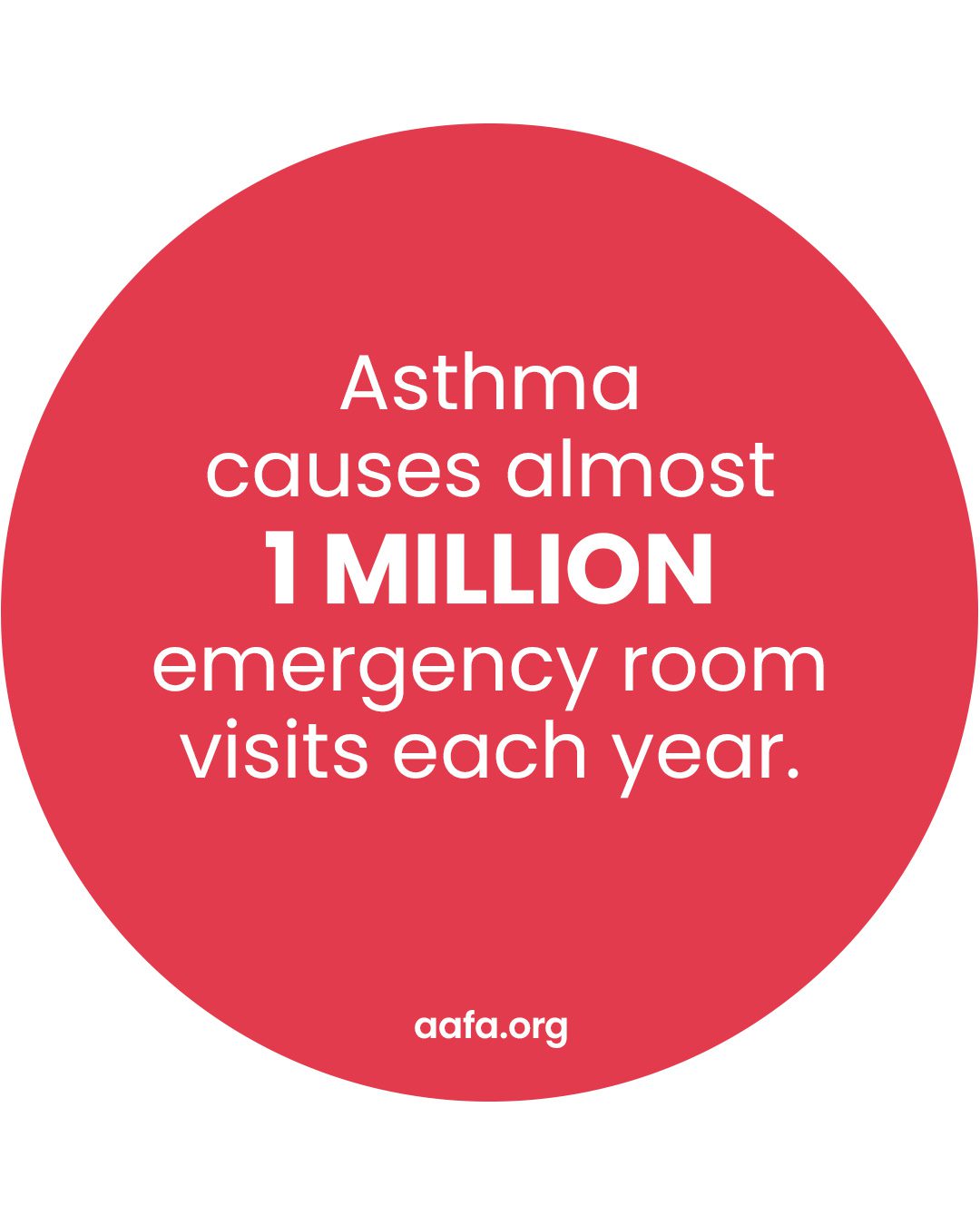
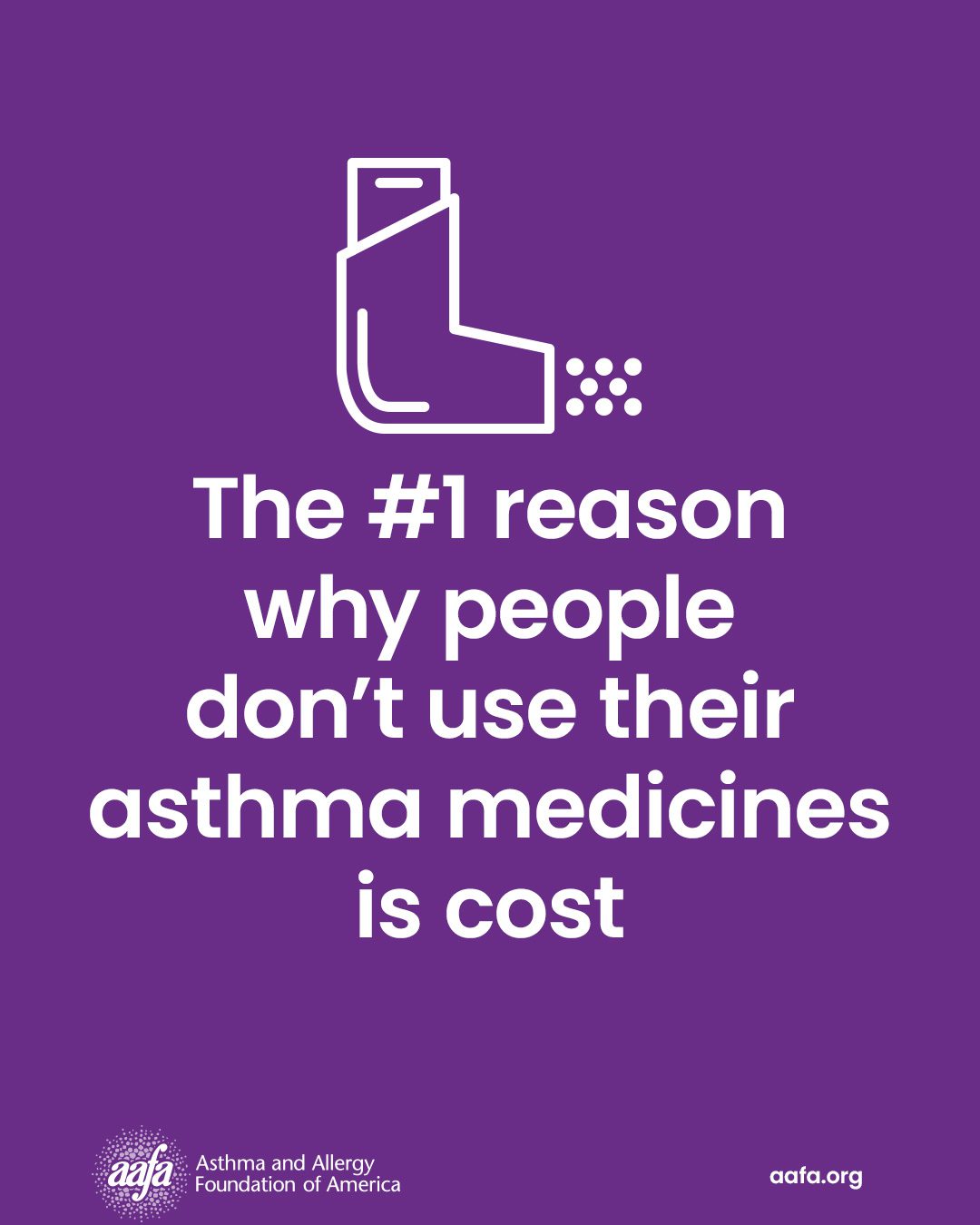
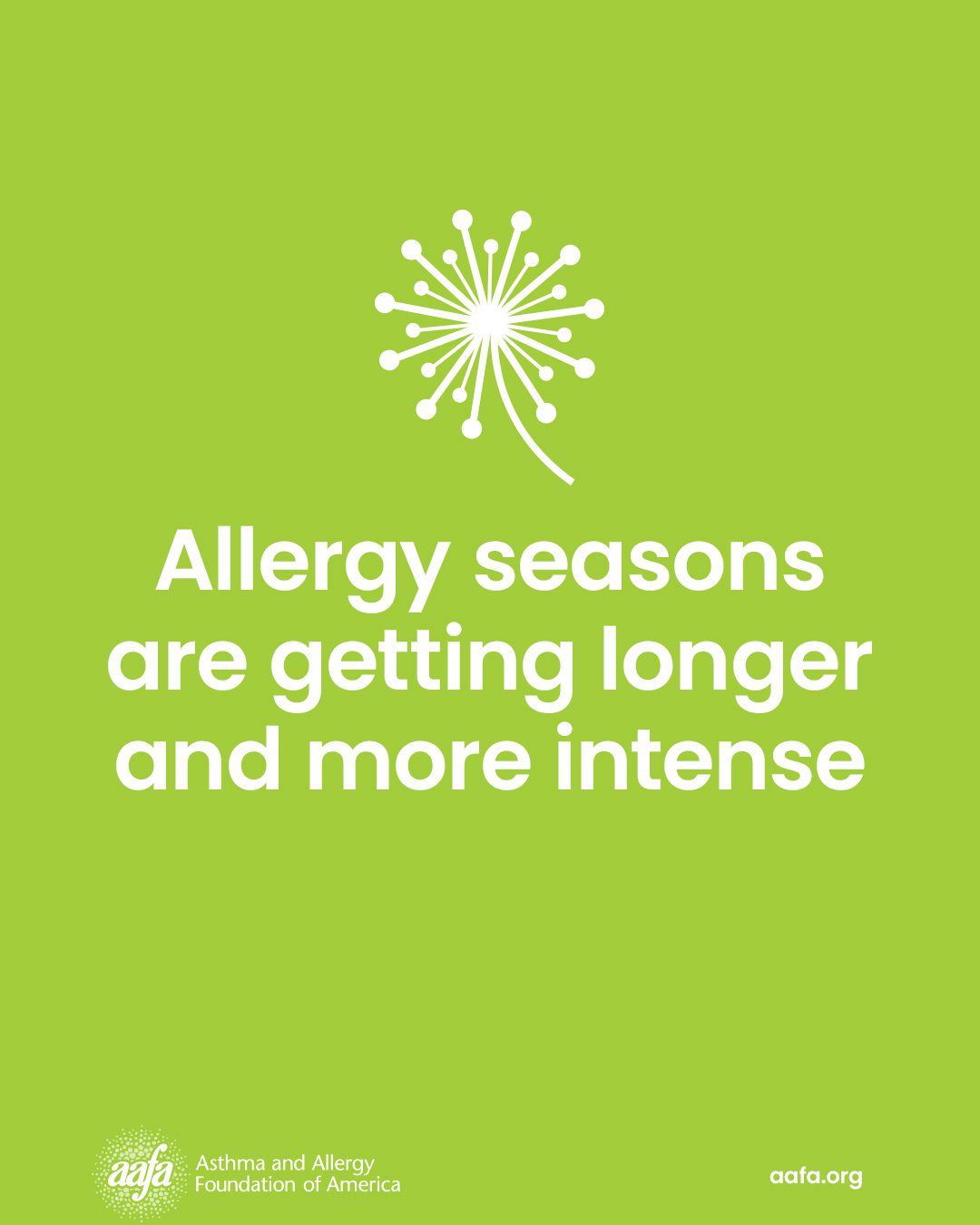
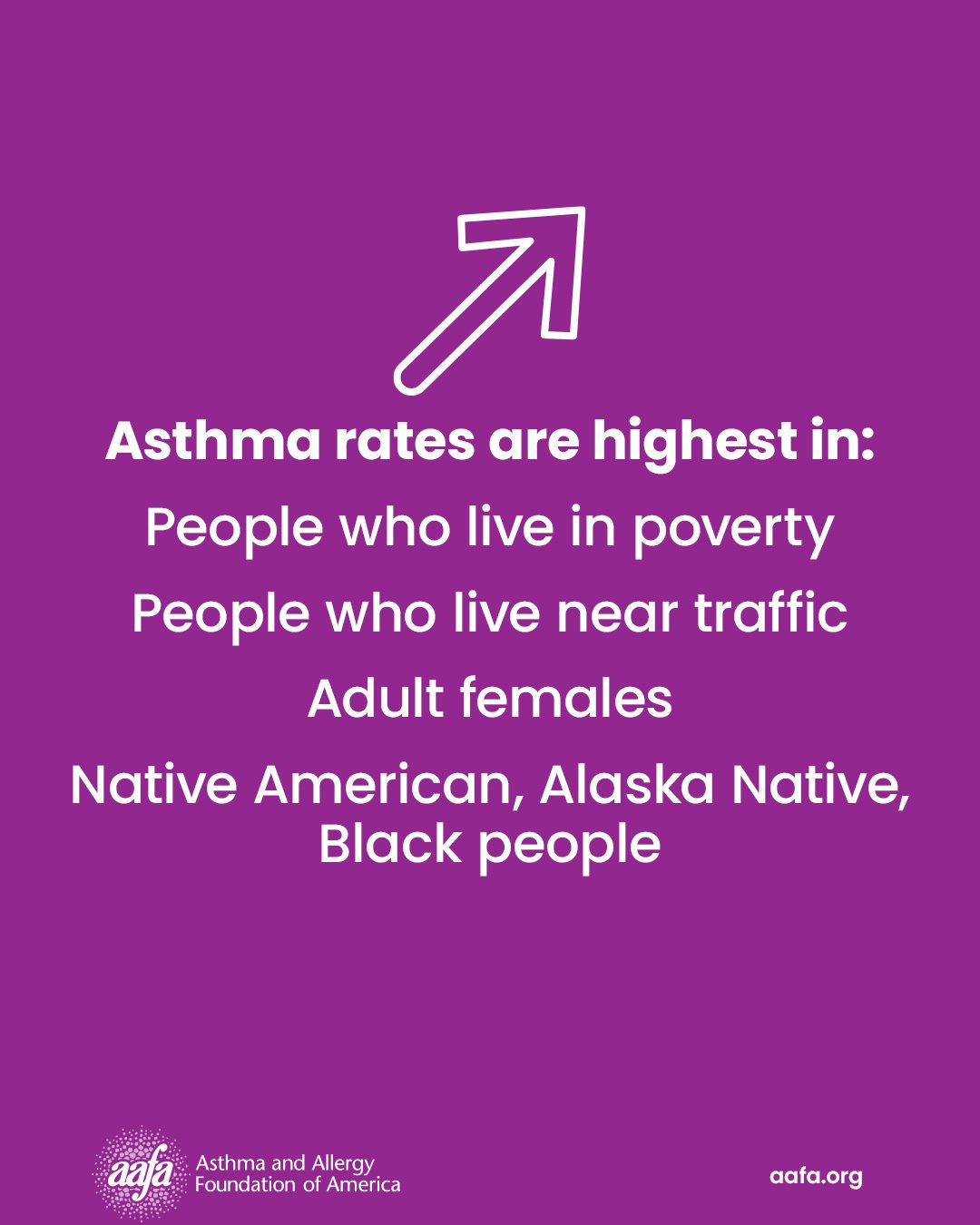
Hidden
Advocacy Toolkit
Advocacy is speaking out on issues that you care about or offering your opinion and suggestions for how to improve something to the people who are in control. It is important for policymakers to hear directly from you about your experiences.
To help you get started, AAFA has some toolkits to help you find your elected officials and communicate with them.
Download PDFs
Modernizing Epinephrine Stocking Laws
Child Care Policies for Food Allergy: Elijah’s Law Report for U.S. States and Territories  (toolkit starts on page 16)
(toolkit starts on page 16)
2024 Asthma Capitals™ – Most Challenging Places to Live with Asthma (toolkit starts on page 34)
(toolkit starts on page 34)
2025 State Honor Roll™ of Asthma and Allergy Policies for Schools (toolkit starts on page 22)
(toolkit starts on page 22)
References
- National Center for Health Statistics. NHIS Adult Summary Health Statistics. Data accessed October 7, 2024. Available from https://data.cdc.gov/d/25m4-6qqq
- National Center for Health Statistics. NHIS Child Summary Health Statistics. Data accessed October 7, 2024. Available from https://data.cdc.gov/d/wxz7-ekz9
- Ng, A.E. & Boersma, P. (2023). NCHS Data Brief, no 460: Diagnosed allergic conditions in adults: United States, 2021. National Center for Health Statistics. https://dx.doi.org/10.15620/cdc:122809
- Zablotsky, B., Black, L.I., & Akinbami, L.J.(2023). NCHS Data Brief, no 459: Diagnosed allergic conditions in children aged 0-17 years: United States, 2021. National Center for Health Statistics. https://dx.doi.org/10.15620/cdc:123250
- Eczema in Skin of Color: What You Need to Know. (2018, February 16). National Eczema Association. https://nationaleczema.org/blog/eczema-in-skin-of-color/
- FLG Gene: MedlinePlus Genetics. (n.d.). MedlinePlus. Retrieved September 11, 2024, from https://medlineplus.gov/genetics/gene/flg/#conditions
Acknowledgement
Awareness month materials are developed independently by the Asthma and Allergy Foundation of America and made possible in part by contributions from Amgen, AstraZeneca, Sanofi, and Regeneron. We thank them for their support of 2025 National Asthma and Allergy Awareness Month.
Related Upcoming Events
Latest Past Events
Gain Control of Your Food Allergies (Webinar)
Join us Thursday, Oct. 30 at 2 p.m. ET for a patient education program on new food allergy treatment options. AAFA’s Chief Medical Officer, Dr. Matthew Greenhawt, is part of an […]
Urticaria Day (UDAY) 2025
AAFA joins We CU, and The Mast Cell Disease Society (TMS) in recognizing Urticaria Day (UDAY) on October 1, 2025. What is urticaria (hives)? Hives (urticaria) are a type of […]
Food Allergy Conference & Expo
The AAFA New England Chapter is hosting a Food Allergy Conference & Expo on Saturday, May 31, 12:30-5:30 p.m. ET. The program will include food allergy management workshops, time designated […]
If you have questions about an event, check our blog for details or contact us.











